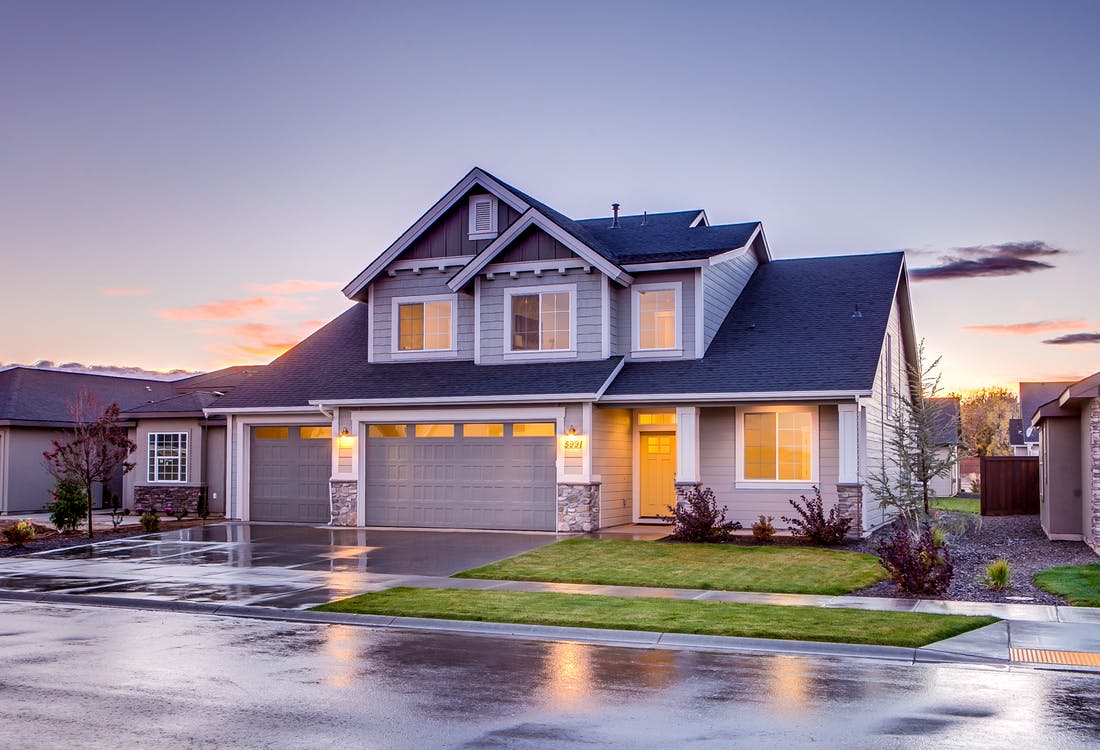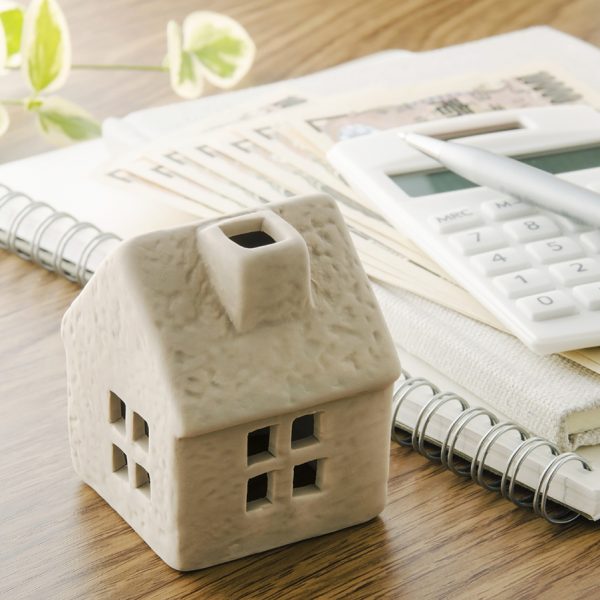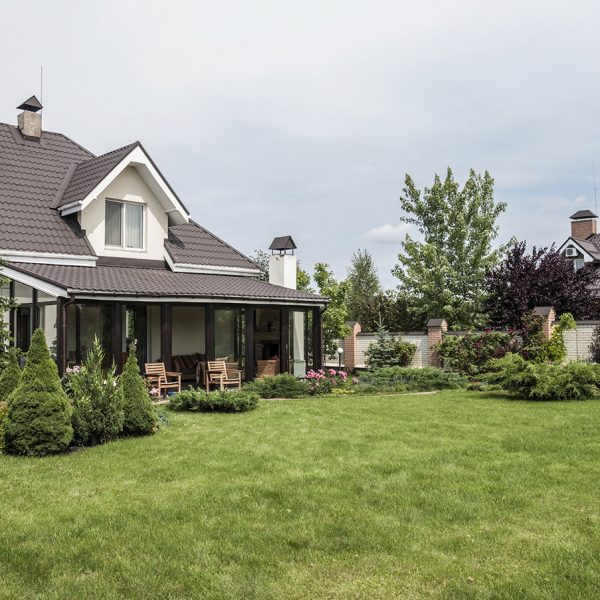Buying a family home is a unique purchase. While the fundamental elements of demand and supply will impact on the economic performance of a home, how much a person enjoys living in a home will vary according to their personal preferences.
So, how do people determine their personal preferences? There are three common variables: location, features and price. We will look at each of these in turn.
Location
Most personal preferences will start with location. People simply decide where they want to live first.
These are the common factors that dictate where people choose to live:
- Amenity (the ‘right’ suburb is very important to some people);
- Schools;
- Transport (public and private – i.e. road transport);
- Parks and gardens;
- Shopping;
- Features such as coastline or mountains;
- Proximity to family and friends;
- Noise (eg how close a property is to a freeway or an airport flight path, etc);
- Streetscape; and
- Proximity to work.
We offer a word of caution with this last feature. Many people buy a home for its proximity to their workplace… and then change jobs. So, it pays to think not only about where a current job is located, but also where any future work might be situated. This will be easier in some occupations than in others. A police officer, for example, will be relatively portable in terms of the station in which they work. Unless their career aspiration is to be the Chief Commissioner of Police, in which case they are likely to need to work in Head Office, wherever that is located.
Similarly, there is usually a trade-off that needs to be struck between some of the factors that underpin the choice of location.
For example, many people seriously under-estimate the impact, both in time and money, of living a greater distance from where they or their family will spend their time. Many outer suburbs, for example, require families to own two large cars as there is no other form of transport available and services are located some distance apart. Queensland’s RACQ estimate that the average weekly running costs of a medium car to be at least $11,700 a year. This is an annual cost. If you can live somewhere where you do not need to own two cars (meaning you need to be able to use public transport or walk to things like work or school) you could save $11,700 each year. At 5% interest rates, dedicating this amount to mortgage repayments would allow an extra $170,000 to be borrowed.
Put another way, it could be argued that the price of a car is $170,000 worth of home.
Features
Some housing features are necessitated by circumstance. A family with three children simply cannot live in a one bedroom studio (no matter how much they love each other). That family will need at least three bedrooms and perhaps more. A family with four car owners probably needs some off-road parking. A family with large dogs needs a backyard. And so on.
Other circumstances will be more unique. A person in a wheelchair, or for whom mobility is likely to be an issue, for example, should typically avoid second storeys, unless the house has some easily-used way of moving between floors (for example, a lift).
Other features are more a function of preference than circumstance. Some people love 100 year old Victorian-era homes. Others want their home to be as new as possible. Some people swear by brick; others prefer the aesthetic of weather board. Families with children might like zoned living, while other families find that if the home is too large everyone lives in a more isolated way than they would like.
Common features that people look for in a property include:
- Number of bedrooms;
- Number of bathrooms;
- Size and style of outdoor space;
- Size and style of indoor living space;
- Style of housing;
- Car parking;
- Swimming pools; and
- The overall ‘vibe’ of the property.
When thinking about features, take a long term view. Many people intend to buy a house to live in for the rest of their life, but do not factor in that mobility might become an issue down the track.
Similarly, younger clients who are yet to start a family often seriously under-estimate their residential needs after children come along. Parents of teenagers can attest that they take up more space than their parents do – so it is not simply a case of mum and dad needing double the space if they have two kids.
Price
Pretty important one, this. This is the decisive factor for many people. No surprises here: the right home at the wrong price is actually the wrong home.
Working out what you can afford is critical. The main factors informing affordability are addressed in the next sections.
Repayments
Many, if not most, people borrow at least some of the amount needed to buy a home. Repaying this loan is typically the most expensive aspect of owning the home.
ASIC provide a calculator into which variables can be input to determine the size of mortgage repayments for different types of loan. You can use the tool two directions: you can input a given amount of money and then determine the periodic repayments for a given interest rate. Alternatively, you can determine how much you can afford as a repayment and then use the calculator to calculate the level of borrowing this repayment facilitates at a given interest rate.
It is a good to alter the interest rate payable in the calculator to determine the impact on repayments if interest rates rise. Ensure that you can afford repayments at a higher interest rate than the one on offer, unless you know that they can fix the interest rate for the foreseeable future.
There are various ways to assess how much you can afford as a repayment. Housing affordability is often calculated by dividing the annual repayment for a loan into the annual income for the home owner. This gives a percentage: higher percentages indicate lower affordability.
For example, you might decide that you can afford to dedicate 30% of your after-tax income to repayments. If you earn $50,000 (after-tax), this equates to $15,000. On a home loan with an interest rate of 5%, you could borrow:
- $187,000 over 20 years;
- $212,000 over 25 years;
- $230,000 over 30 years.
If you increase your repayments to 35% of your after-tax salary, you can then borrow:
- $219,000 over 20 years;
- $247,000 over 25 years;
- $270,000 over 30 years.
Looked at from the other direction, you can determine what the repayments are for a given size loan, and then calculate the percentage of your income needed to service a loan of that size. Again, you should factor in an interest rate rise when deciding whether a loan is affordable.
Ways to Afford Increased Repayments – and therefore service a larger debt
There are ways to increase your capacity to repay a loan – and thus your ability to borrow more and therefore buy a more expensive home. For example, if you decide to rent a room to a tenant, this might increase your cash receipts by, say, $400 per month net of increased expenses. If you dedicate this revenue to debt repayment, then for a 25 year loan at 5% interest, you increases the amount that you can borrow by $65,000.
Stamp Duty
In all Australian states and territories, stamp duty is payable on a property purchase. This can be a large expense which many first time home buyers, in particular, forget to factor in. For example, someone buying the median-priced property in Melbourne ($727,000 as of December 2015) will pay around $40,000 in stamp duty and related costs.
Happily, buyers who use debt finance are typically prompted by their lender to factor in stamp duty when they negotiate their loan agreement. Unhappy surprises on stamp duty are relatively rare.
The rate at which the duty is levied varies from place to place. www.realestate.com.au provide a stamp duty calculator which calculates the stamp duty payable in each state or territory.
Mortgage Insurance
Many lenders require borrowers to insure the lender against default. This is typically the case when the borrower borrows more than 80% of the value of the property being purchased. In such cases, there is a risk that the property could fall in value such that the full amount of the loan could not be repaid if the client sold the home.
The insurance is typically purchased at the time the mortgage is put in place. The amount of the insurance is often added to the amount borrowed, with the lender then passing the amount of the premium to the insurer. Borrowers should not be fooled by this cash flow, however: the premium is paid by the borrower, not the lender.
Premiums are typically somewhere between 1 and 3% of the amount borrowed.
Given that the mortgage insurance does not make the borrower any better off, many borrowers will seek to limit their formal borrowing to less than 80% of the value of the property. To do this, many people might source money from elsewhere (such as friends or family) in order to keep the balance of the mortgaged loan account below 80%.
Legal Fees
Purchasing a property involves some legal administration. Mortgages need to be put in place, titles need to be conveyed from the previous owner to the new one, etc. Legal fees can range up to around $2,500 for a purchase.
Holding Costs
Owning a home has other holding costs as well. These include things like council rates and insurances and body corporate fees where applicable.
Council Rates
Council rates vary from area to area, but they are typically charged using a formula, meaning that the level of rates payable for a property of a given value can typically be calculated prior to purchase – or at least a very good estimate can be attained.
Insurances (Buildings and Contents)
Most home owners need to insure the building and the contents of their home. There are various online calculators that can be used to estimate these amounts. As these are all provided by commercial operators with a view to getting people to increase the sum insured, clients may do better by speaking directly with one or more insurers and obtaining a particular quote.
Body Corporate Fees
Where two or more properties share some expenses of holding the properties, these expenses are typically paid by a body corporate. Bodies corporate tend then to charge fees to the individual landowners who make up the body corporate. Again, these fees vary according to the property, but they are typically disclosed to purchasers prior to purchase.






